Infertility refers to an inability to conceive after having regular unprotected sex. Infertility can also refer to the biological inability of an individual to contribute to conception, or to a female who cannot carry a pregnancy to full term.
Infertility refers to an inability to conceive after having regular unprotected sex. Infertility can also refer to the biological inability of an individual to contribute to conception, or to a female who cannot carry a pregnancy to full term. In many countries infertility refers to a couple that has failed to conceive after 12 months of regular sexual intercourse without the use of contraception.
Studies indicate that slightly over half of all cases of infertility are a result of female conditions, while the rest are caused by either sperm disorders or unidentified factors.
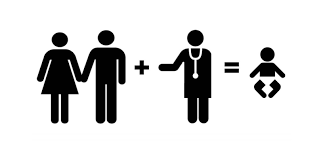
Study shows that:
- About 20% of cases of infertility are due to a problem in the man.
- About 40% to 50% of cases of infertility are due to a problem in the woman.
- About 30% to 40% of cases of infertility are due to problems in both the man and the woman.
Many cases of apparent infertility are treatable. Infertility may have a single cause in one of the partners, or it could be the result of a combination of factors.

Risk factors of infertility
In medicine, a risk factor is something that raises the risk of developing a condition, disease or symptom. For example, obese people are more likely to develop diabetes type 2 compared to people of normal weight; therefore, obesity is a risk factor for diabetes type 2.
Age – a woman’s fertility starts to drop after she is about 32 years old, and continues doing so. A 50-year-old man is usually less fertile than a man in his 20s (male fertility progressively drops after the age of 40).
Smoking – smoking significantly increases the risk of infertility in both men and women.  Smoking may also undermine the effects of fertility treatment. Even when a woman gets pregnant, if she smokes she has a greater risk of miscarriage.
Smoking may also undermine the effects of fertility treatment. Even when a woman gets pregnant, if she smokes she has a greater risk of miscarriage.
Alcohol consumption – a woman’s pregnancy can be seriously affected by any amount of alcohol consumption. Alcohol abuse may lower male fertility. Moderate alcohol consumption has not been shown to lower fertility in most men, but is thought to lower fertility in men who already have a low sperm count.
Eating disorders – women who become seriously underweight as a result of an eating disorder may have fertility problems.
Being vegan – if you are a strict vegan you must make sure your intake of iron, folic acid, zinc and vitamin B-12 are adequate, otherwise your fertility may become affected.
Over-exercising – a woman who exercises for more than seven hours each week may have ovulation problems.
Not exercising – leading a sedentary lifestyle is sometimes linked to lower fertility in both men and women.
Sexually transmitted infections (STIs) – chlamydia can damage the fallopian tubes, as well as making the man’s scrotum become inflamed. Some other STIs may also cause infertility.
Exposure to some chemicals – some pesticides, herbicides, metals (lead) and solvents have been linked to fertility problems in both men and women.
Mental stress – studies indicate that female ovulation and sperm production may be affected by mental stress. If at least one partner is stressed it is possible that the frequency of sexual intercourse is less, resulting in a lower chance of conception.
Continue reading “Causes of Infertility in Men and Women”


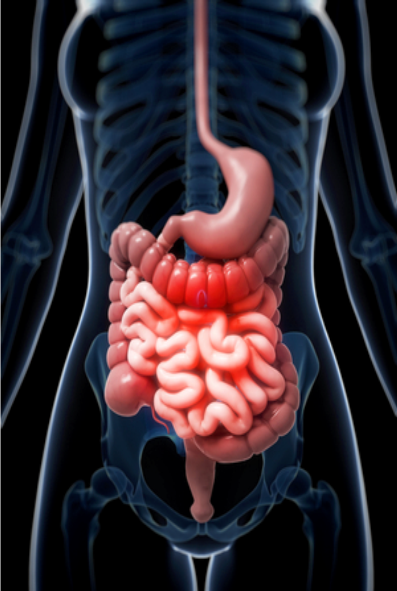
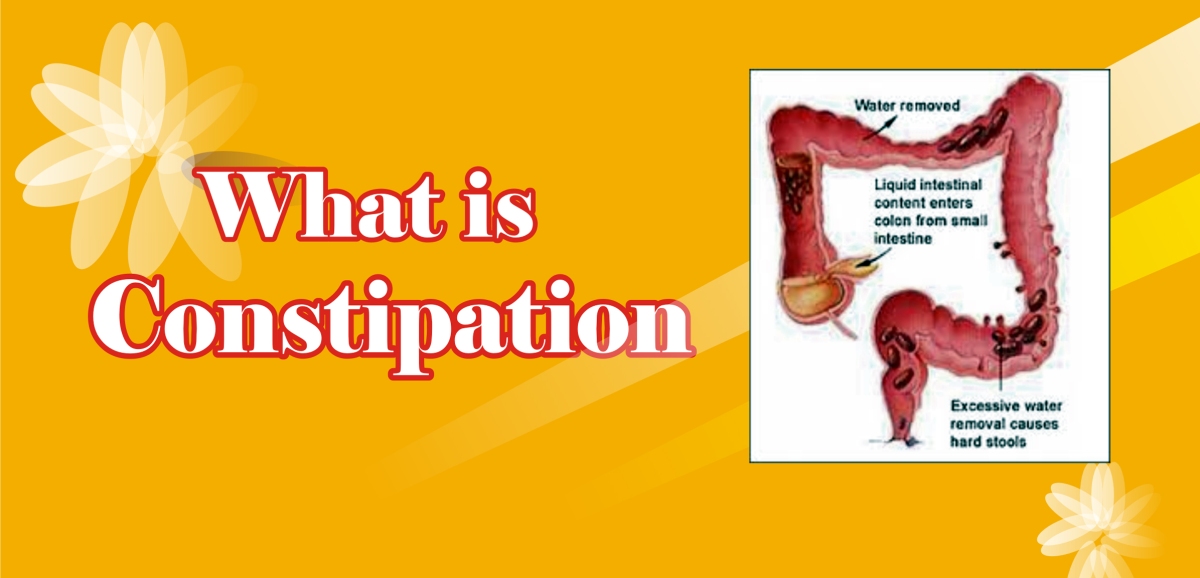

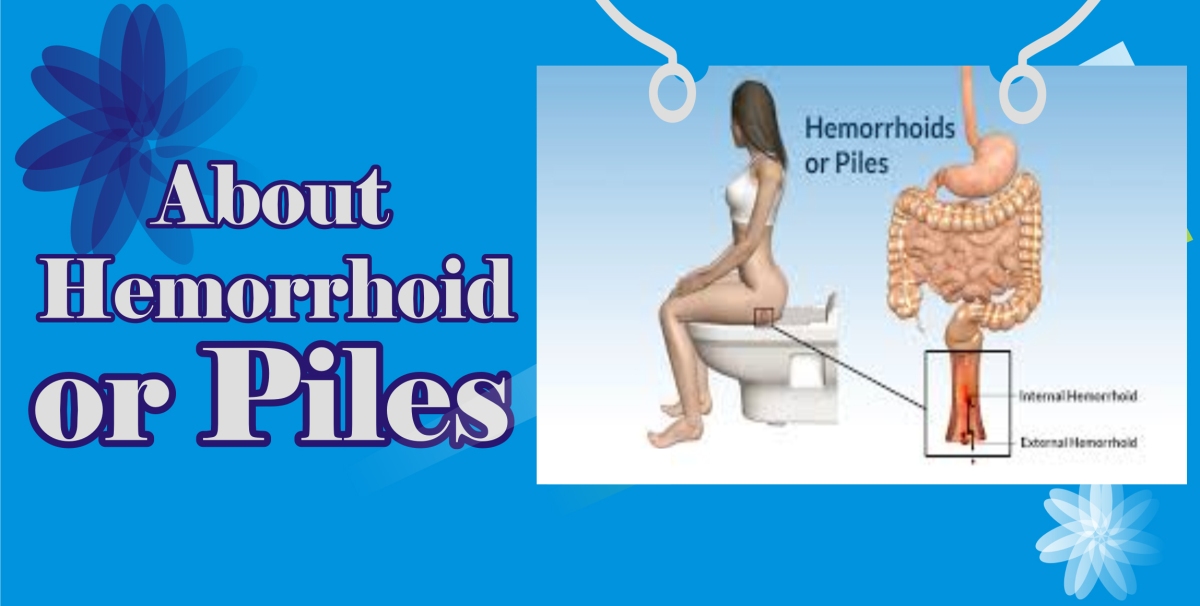
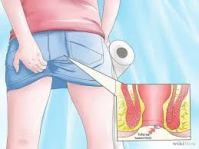 with cells that are the same as those that line the rest of the intestines. External hemorrhoids arise below the line and are covered with cells that resemble skin.
with cells that are the same as those that line the rest of the intestines. External hemorrhoids arise below the line and are covered with cells that resemble skin.


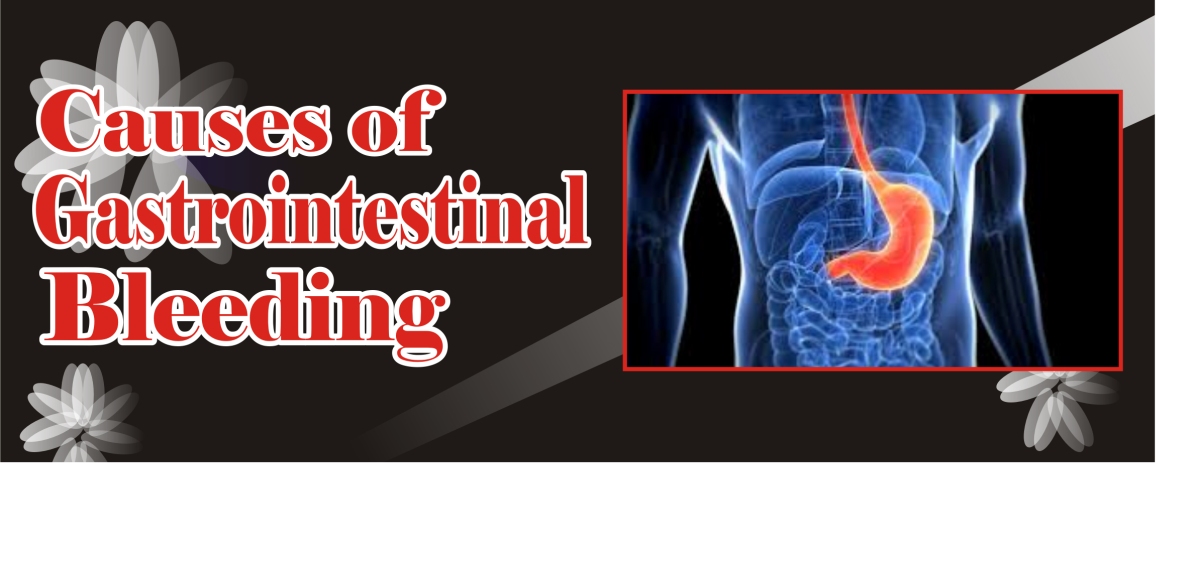


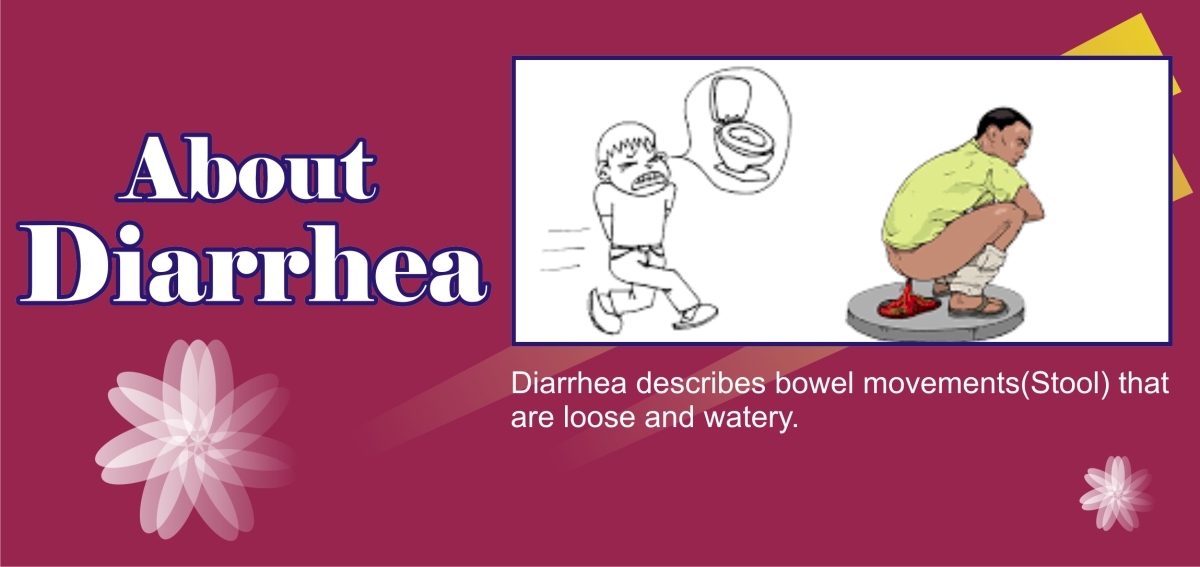
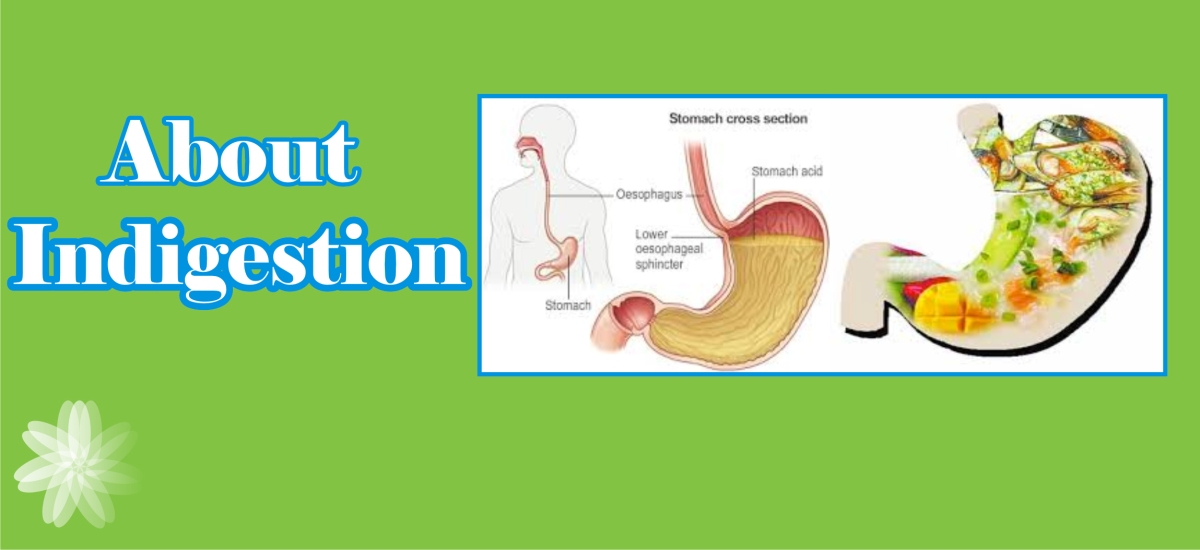


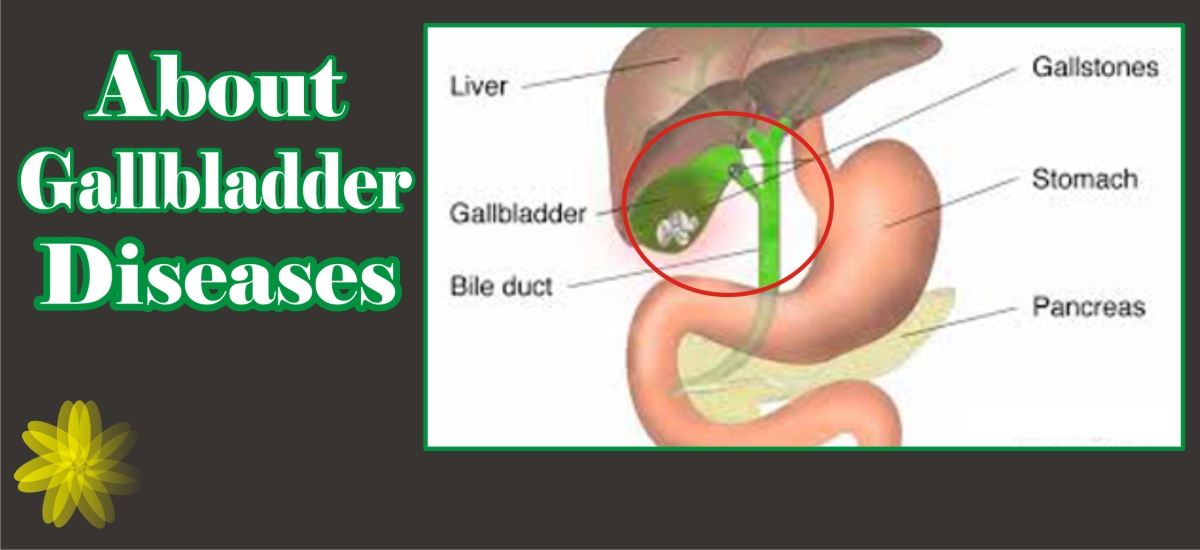
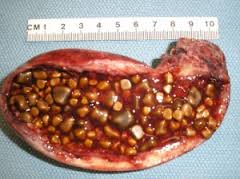
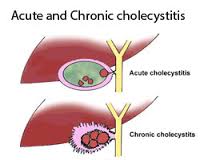

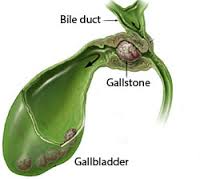 and lose its function of storing and releasing bile. Abdominal pain, nausea, and vomiting may follow.
and lose its function of storing and releasing bile. Abdominal pain, nausea, and vomiting may follow.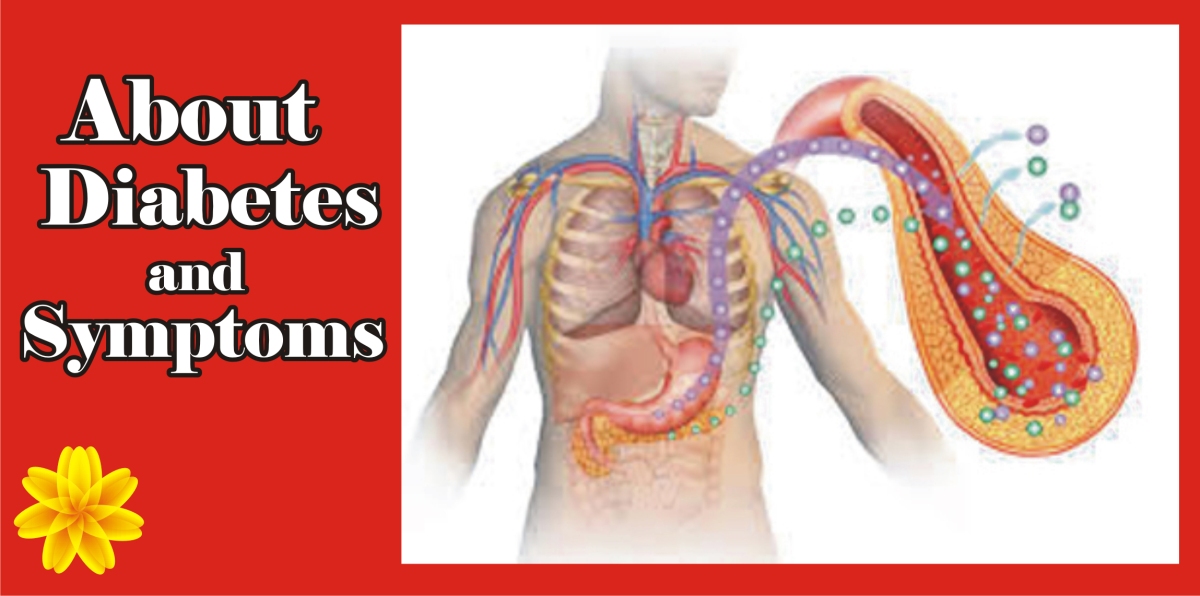
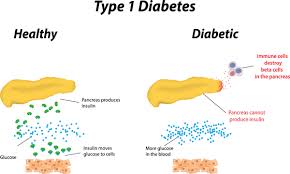 dependent diabetes, juvenile diabetes, orearly-onset diabetes. People usually develop type 1 diabetes before their 40th year, often in early adulthood or teenage years.
dependent diabetes, juvenile diabetes, orearly-onset diabetes. People usually develop type 1 diabetes before their 40th year, often in early adulthood or teenage years.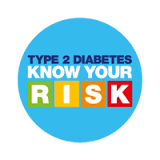



 Smoking may also undermine the effects of fertility treatment. Even when a woman gets pregnant, if she smokes she has a greater risk of miscarriage.
Smoking may also undermine the effects of fertility treatment. Even when a woman gets pregnant, if she smokes she has a greater risk of miscarriage.